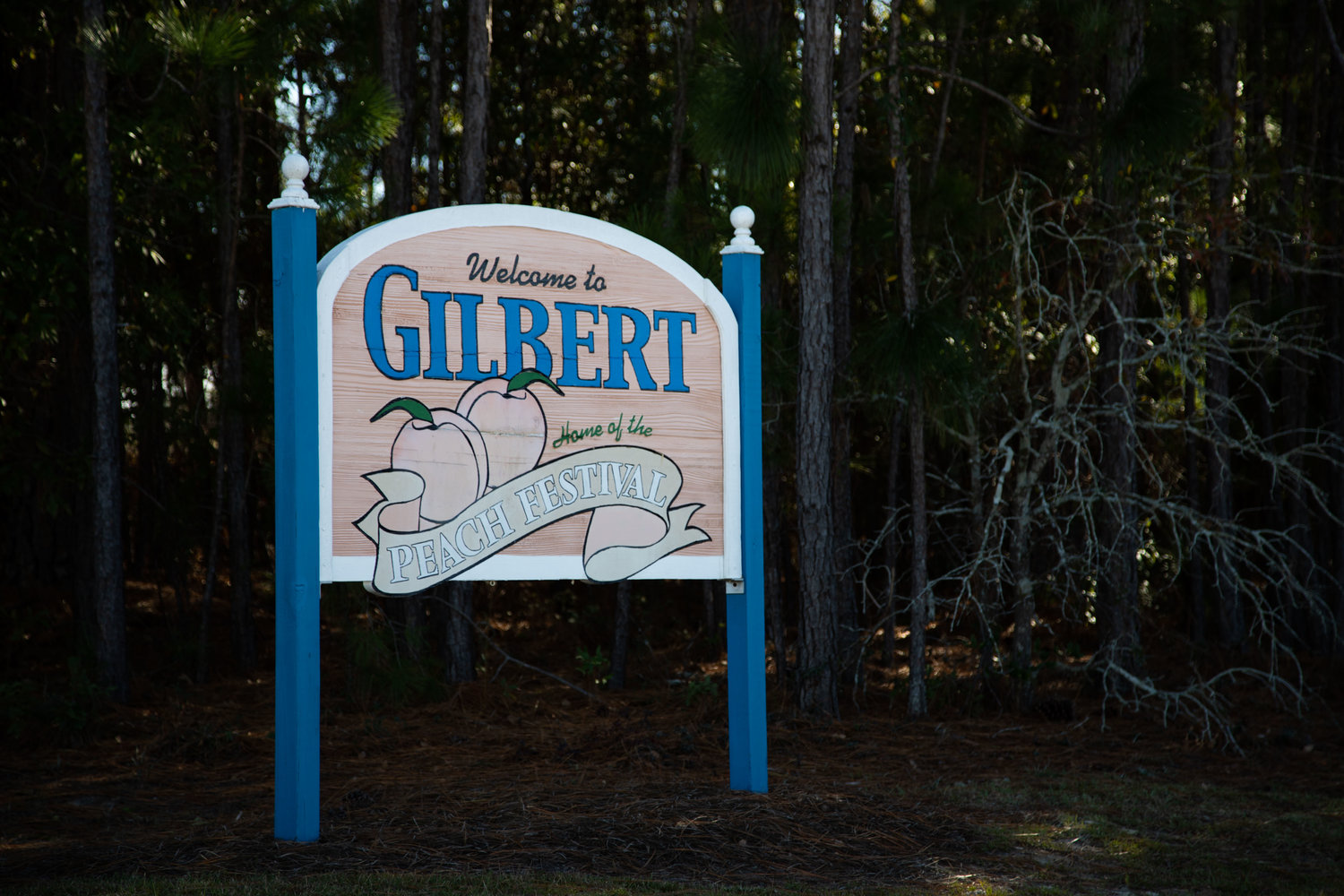County considers expanding protected agriculture district, tightening restrictions within
Lexington County is considering expanding the area where agriculture land is protected and tightening restrictions on other land uses in that overlay district.
This item is available in full to subscribers.
Subscribe to continue reading. Already a subscriber? Sign in
Get 50% of all subscriptions for a limited time. Subscribe today.
Please log in to continueNeed an account?
|
County considers expanding protected agriculture district, tightening restrictions within
Lexington County is considering expanding the area where agriculture land is protected and tightening restrictions on other land uses in that overlay district.
So far, County Council has passed first reading, in October, on the proposed amendments and held a public hearing, in November, to hear feedback from residents on the potential changes. As currently drawn, the amendments would expand the overlay district, which currently comprises much of the southern end of the county, to encompass Gilbert and Summit and reach to the eastern town limits of Batesburg-Leesville.
The amendments would also lower the number of dwellings allowed per acre and create a greater requirement for buffers between residential developments and agricultural land.
The new restrictions would lower the number of dwellings allowed on an acre for most street types to between one and three, down from between two and four, though there are three street types that will still allow up to four dwellings. The buffer surrounding agricultural operations would increase from 30 feet to 75 feet. Both of these changes would affect only the expanded overlay district.
Robbie Derrick, the county’s director of community development, said that while the agricultural district and the amendments do not directly impact the farmlands themselves, they do create an additional buffer between them and potential new developments that could adjoin active and/or expanding agriculture operations.
“The intent was to reduce allowed residential density in order to maintain the rural aspect of the area,” Derrick said. “As well as implement the additional buffers to further reduce nuisance issues between encroaching development and agricultural operations.”
He told the Chronicle that during the process of drafting the amendments, he attended a meeting with the local Farm Bureau to discuss the changes. He added that there were many local farmers there along with members of council.
When it came to the importance of the amendments, Council Vice Chair Darrell Hudson said when you have more houses you’ll have more people and when you have more people you’ll have more traffic. He elaborated on how traffic is already an issue in the county and how the county’s EMS and fire services have to navigate the same main roads.
He told the Chronicle that 100% of citizens have been asking for these changes for more than 20 years, adding that developers want to come to the county and “throw in” houses and leave once they do it. Hudson said the county cannot play that business model anymore.
“You know, just grow, grow, grow, grow is not the answer,” Hudson said, talking about the county’s growth and infrastructure. “The reason that it hasn't been done in my personal view, is because the elected officials fear they won't get reelected and I don't fear that because if I don't get reelected, I don't get reelected.”
“Sometimes you have to step up with courage, to make a decision to change the path that's going down the wrong direction. Courage is a decision,” he added.
Other items that may interest you







Comments
No comments on this item Please log in to comment by clicking here